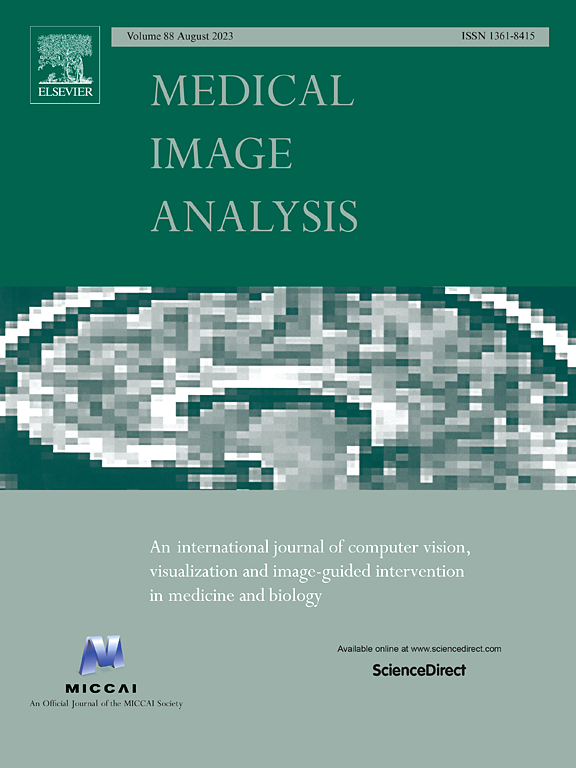Navigating prevalence shifts in image analysis algorithm deployment
IF 10.7
1区 医学
Q1 COMPUTER SCIENCE, ARTIFICIAL INTELLIGENCE
引用次数: 0
Abstract
Domain gaps are significant obstacles to the clinical implementation of machine learning (ML) solutions for medical image analysis. Although current research emphasizes new training methods and network architectures, the specific impact of prevalence shifts on algorithms in real-world applications is often overlooked. Differences in class frequencies between development and deployment data are crucial, particularly for the widespread adoption of artificial intelligence (AI), as disease prevalence can vary greatly across different times and locations. Our contribution is threefold. Based on a diverse set of 30 medical classification tasks (1) we demonstrate that lack of prevalence shift handling can have severe consequences on the quality of calibration, decision threshold, and performance assessment. Furthermore, (2) we show that prevalences can be accurately and reliably estimated in a data-driven manner. Finally, (3) we propose a new workflow for prevalence-aware image classification that uses estimated deployment prevalences to adjust a trained classifier to a new environment, without requiring additional annotated deployment data. Comprehensive experiments indicate that our proposed approach could contribute to generating better classifier decisions and more reliable performance estimates compared to current practice.

求助全文
约1分钟内获得全文
求助全文
来源期刊

Medical image analysis
工程技术-工程:生物医学
CiteScore
22.10
自引率
6.40%
发文量
309
审稿时长
6.6 months
期刊介绍:
Medical Image Analysis serves as a platform for sharing new research findings in the realm of medical and biological image analysis, with a focus on applications of computer vision, virtual reality, and robotics to biomedical imaging challenges. The journal prioritizes the publication of high-quality, original papers contributing to the fundamental science of processing, analyzing, and utilizing medical and biological images. It welcomes approaches utilizing biomedical image datasets across all spatial scales, from molecular/cellular imaging to tissue/organ imaging.
 求助内容:
求助内容: 应助结果提醒方式:
应助结果提醒方式:


